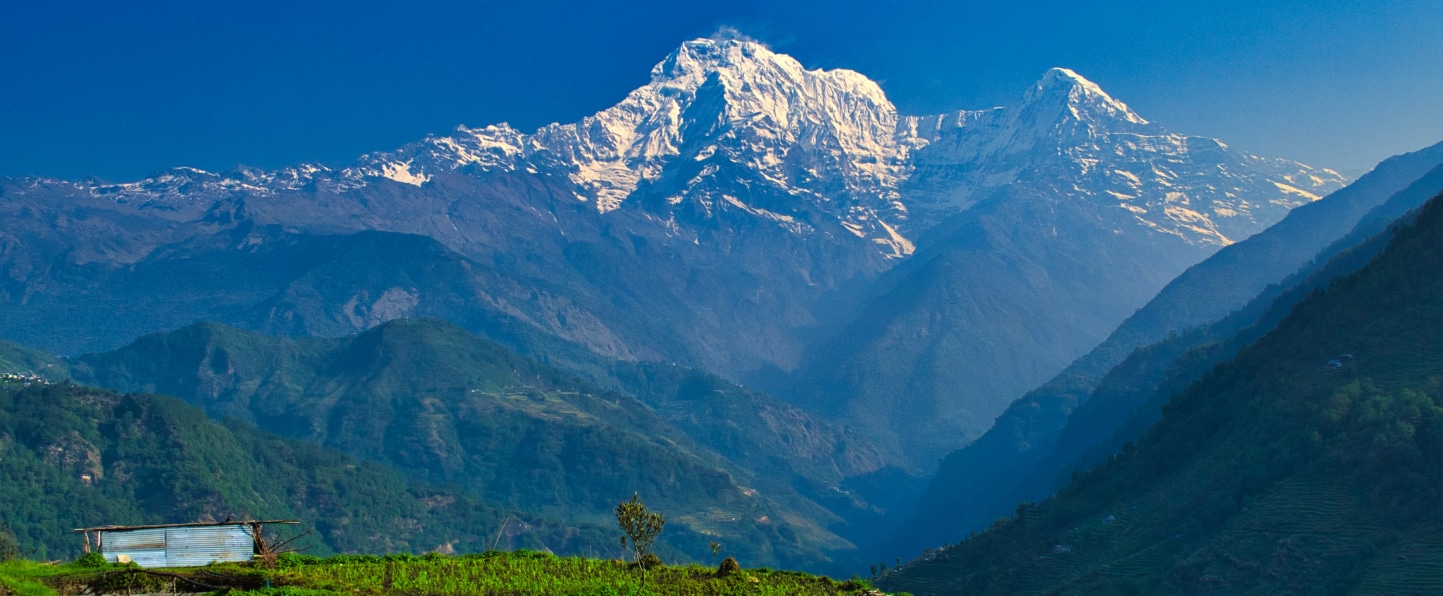
Goldman Prize Winners
The Goldman Environmental Prize is the world’s most important prize for grassroots environmentalists. Founded in 1990 by Richard and Rhoda Goldman, each year the Goldman Environmental Prize honors one environmental hero from each of the world’s six inhabited continents. The Goldman Prize has been awarded to 13 ELAW partners for their outstanding work protecting the environment, human rights, and communities:

Alfred Brownell
Liberia (2019)
Under threat of violence, Alfred helped protect 513,500 acres of tropical forests from palm oil plantation developers. These forests constitute one of the world’s most important biodiversity hotspots. Read more.

Zuzana Caputova
Slovakia (2016)
A public interest lawyer and mother of two, Zuzana Caputova spearheaded a successful campaign that shut down a toxic waste dump that was poisoning the land, air and water in her community, setting a precedent for public participation in post-communist Slovakia. Read more.

Ikal Angelei
Kenya (2012)
The Lake Turkana Basin in East Africa’s Rift Valley is a lifeline to the hundreds of thousands of indigenous farmers, herders and fishermen who live around it. Lake Turkana, a World Heritage Site, is the largest desert lake in the world and a thriving ecosystem where some of the oldest human fossils have been found. Angelei brought together Lake Turkana’s divided and marginalized indigenous communities to fight against the mounting environmental and social implications of the Gibe 3 Dam. Read more

Thuli Brilliance Makama
Swaziland (2010)
After a grueling three-year legal battle, Swaziland’s only public interest environmental attorney, Thuli Brilliance Makama, won a landmark case to include environmental NGO representation in the Swaziland Environment Authority, reinforcing the right to public participation in environmental decision making. Read more

Syeda Rizwana Hasan
Bangladesh (2009)
Working to reduce the impact of Bangladesh’s exploitative and environmentally-devastating ship breaking industry, leading environmental attorney Rizwana Hasan spearheaded a legal battle resulting in increased government regulation and heightened public awareness about the dangers of ship breaking. Read more

Pablo Fajardo Mendoza
Ecuador (2008)
According to the plaintiffs, beginning in 1964 and through 1990, Texaco dumped nearly 17 million gallons of crude oil and 20 billion gallons of drilling wastewater directly into the Ecuadorian Amazon. Allegedly suffering from the health effects of the pollution, the region’s inhabitants are demanding a complete cleanup in potentially the largest environmental lawsuit ever filed in the world…. The lead lawyer, Pablo Fajardo, a resident of one of the affected communities, has become the public voice of the plaintiffs.

Anne Kajir
Papua New Guinea (2006)
Attorney Anne Kajir uncovered evidence that widespread corruption and complicity in the Papua New Guinea government has allowed rampant, illegal logging, which is destroying the largest remaining intact block of tropical forest in the Asia Pacific region…Read more

Olya Melen
Ukraine (2006)
Olya Melen is a firebrand attorney who used legal channels to temporarily halt construction of a massive canal that would have cut through the heart of the Danube Delta, one of the world’s most valuable wetlands…Read more

Vera Mischenko
Russia (2000)
Sakhalin Island is a rich fishery in Far East Russia that provides most of the country’s domestically consumed seafood. Home to approximately 8,000 indigenous people, the island also is the seasonal residence of untold numbers of endangered migratory birds and marine mammals, including a large population of gray whales. Besides attracting oil companies from around the world that seek to exploit the area’s offshore and natural gas reserves, the region is facing four major development projects that threaten to upset the balance of its complex ecosystem…Read more

Samuel Nguiffo
Cameroon (1999)
The tropical rainforest of Central Africa is second only to the Amazon in size. One of the world’s great storehouses of biodiversity, it is home to the great apes, elephants and forest-dwelling people. The spiritual and cultural identity of these inhabitants, who include the Baka and the Bagueli people, often referred to as Pygmies, is intricately tied to the forest… A lawyer by training, Nguiffo has devoted himself to the Herculean task of stopping the liquidation of the region’s forests for short-term profit…Read more

M.C. Mehta
India (1996)
In early 1984, M.C. Mehta, a public interest attorney, visited the Taj Mahal for the first time. He saw that the famed monument’s marble had turned yellow and was pitted as a result of pollutants from nearby industries. This spurred Mehta to file his first environmental case in the Supreme Court of India. The following year, Mehta learned that the Ganges River, considered to be the holiest river in India and used by millions of people every day for bathing and drinking water, caught fire due to industrial effluents in the river…Read more

Albena Simeonova
Bulgaria (1996)
In Eastern Europe, fledgling democracies are dealing with economies that are in shambles and a desperate need for energy and clean water. Environmental activists in these countries often find themselves being portrayed as obstructionists. Despite illness and opposition, Albena Simeonova has bravely addressed the lack of public involvement in environmental issues in Bulgaria…Read more

Harrison Ngau Laing
Malaysia (1990)
The few hundred Dayak Penan tribesmen in the state of Sarawak in Malaysia are the last hunting and gathering peoples in Southeast Asia. The tropical forests they have inhabited for 50,000 years were being extinguished by logging operations until Harrison Ngau Laing, a Dayak Kayan tribe member, took a stand…Read more

